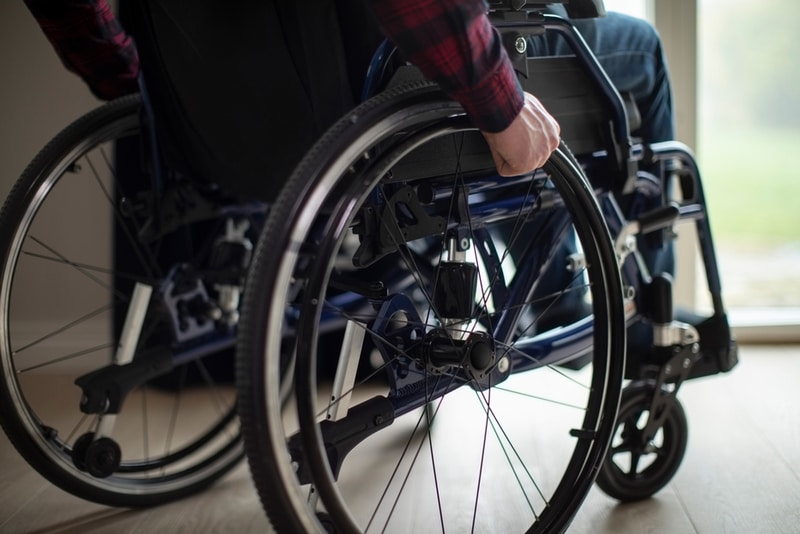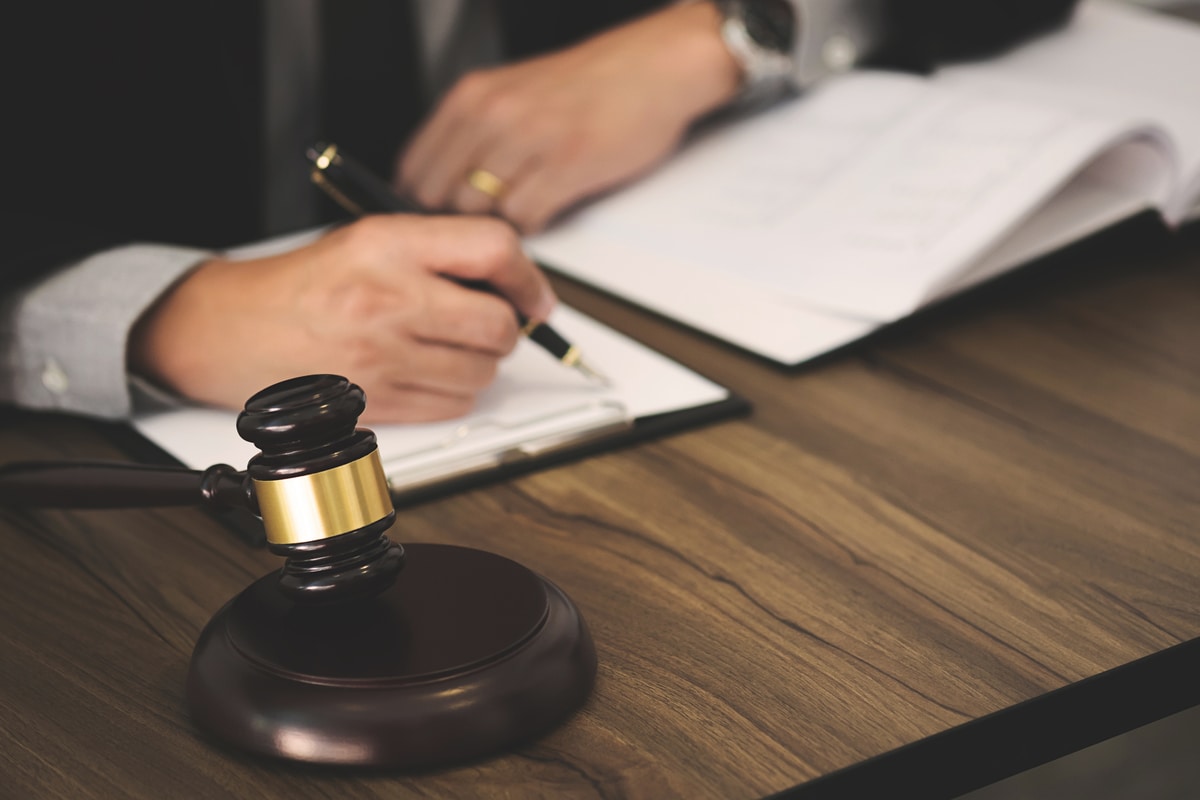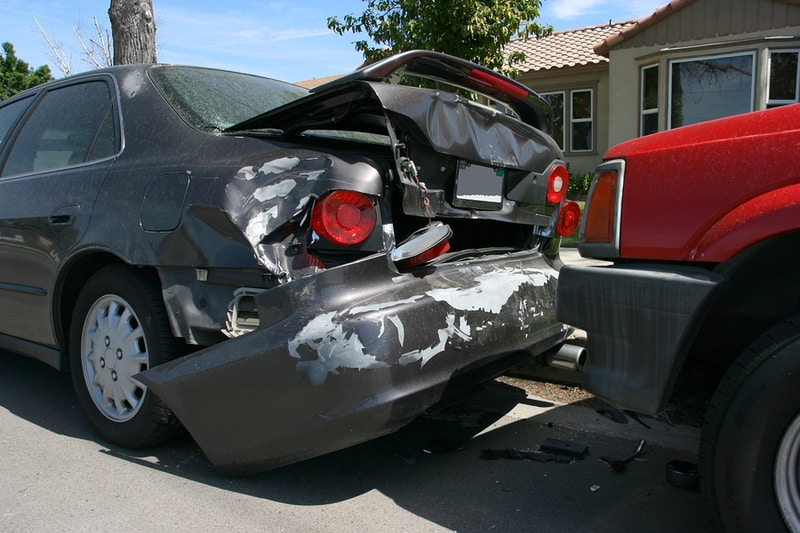Leaving No Stone Unturned; Understanding
the Often-Elusive Insurance Benefit of Uninsured Motorist Coverage
By: Matthew M. Thomas of Graves Thomas Rotunda Injury Law Group – October, 2019.
Life altering injuries are a potential reality for all of us. They can happen instantaneously and without warning. Tens of thousands of people die each year in motor vehicle accidents across the country. This includes Florida, who sees its fair share. Beyond those resulting in a death, greater numbers of drivers suffer from non-fatal injuries on a daily basis. Hopefully, this never happens to us or anyone we know. Hopefully, we make it back home safely to our families, each and every day. Unfortunately, this is not our reality.
When someone is permanently injured in a car accident, their own life and oftentimes the lives of those closest to them, are changed drastically. Issues – such as financial pressures from mounting medical bills or an inability to work can prove to be overwhelming. Ideally, the individuals who negligently cause such accidents and any resulting injuries, will have sufficient bodily injury liability coverage under their insurance policy to fully compensate the injured victims.
But what if they do not? Well, in the sunshine state, chances are they will not. According to research, Florida ranks first in the percentage of uninsured drivers on public roadways, with approximately 26% of the state’s drivers doing so without any bodily injury liability insurance whatsoever. That, is where uninsured motorist coverage (synonymous with underinsured motorist coverage) comes in. In collecting this insurance coverage, it is critical to understand it and explore all its potential applications. This article is a cursory attempt at doing so.
Uninsured motorist insurance coverage, often referred to “UM” coverage is a creature of statute and contract. Florida’s UM statute, Section 627.727, Florida Statutes, was initially passed in 1961, and while it has seen its share of changes over the years, its intent remains. The statute was enacted to protect individuals who are legally entitled to recover damages caused by owners and operators of uninsured or underinsured vehicles. To illustrate, suppose the driver of vehicle 1 is at fault for an automobile accident that resulted in the driver of vehicle 2 sustaining bodily injuries. If Driver 1 does not have sufficient bodily injury liability coverage to fully compensate Driver 2 for their injuries and damages, then Driver 2’s UM coverage would provide insurance coverage to compensate Driver 2 for his or her injuries. Chiefly, to qualify as an uninsured motorist under Florida Statute §627.727, the value of Driver 2’s injuries must exceed the bodily injury liability limits afforded to Driver 1. Think of it like a tiered insurance system. Once the damages of Driver 2 exceed the bodily injury liability limits available under Driver 1’s insurance policy, Driver 2’s UM coverage picks up the tab.
The statute’s purpose is to protect persons who are injured on public roadways due to other motorists who cannot make the injured party whole again with sufficient bodily injury liability insurance coverage. Section 627.727 was neither “designed” to protect the motorists that injure and damage others, nor to compensate or benefit insurance companies. Indeed, the protections afforded by the statute are not susceptible to the attempts of insurers to limit or negate that protection. The statute’s “design” includes separating out causes of action for UM coverage under theories sounding in breach of contract made against insurers; as opposed to causes of action that are sounded in general negligence and made directly against at-fault drivers themselves. Once a cause of action is filed, courts give effect to the legislative intent in application of the statute to the specific facts presented in any given case. This results in an ample supply of court cases and opinions outlining various applications of UM coverage in different factual scenarios, which is beyond the scope of this article.
Because Florida’s legislature understood the importance of UM coverage to the state’s general welfare, Florida law requires all automobile policies with bodily injury liability coverage to have equal UM limits. An exception – or escape – from this requirement exists when an insured has made a knowing reduction or rejection of UM coverage. Most commonly, insurers achieve this by having an insured sign a valid UM rejection form that is compliant with the requirements of Section 627.727. Only one signature of a named insured is required to bind the policy to the selection of UM coverage. A valid UM form that is signed by an insured, creates a “conclusive presumption” of a knowing rejection or reduction of UM coverage which then applies to the policy for all insureds. Yet, this conclusive presumption is not always so conclusive. This conclusive presumption can be overcome by evidence of fraud, trickery, or forgery of the insured’s signature on the UM form.
Without a valid UM form signed by an insured, there is no conclusive presumption and an insurer must undertake the task of proving that an insured made a knowing and informed selection of UM coverage through other methods. This includes offering proof that an insured “orally” rejected UM coverage. Perhaps unfairly, insureds must their demands for UM coverage in writing to claim entitlement. Obviously, the factual disputes that can arise in the absence of a signed and valid UM form create uncertainty, with results in more costs, more time and more litigation.
Although UM compliance may appear simple in concept, fact disputes still commonly arise over the validity and statutory compliance of UM forms. For instance, whether an UM form satisfies the formatting requirements for “electronically delivered documents” or is considered “readable language” is dependent on the specific UM form in question. Those wishing to invalidate an UM form should use strict application of the requirements found within Section 627.727. Even the slightest deviation from the language provided in the statute renders any given UM form potentially invalid.
Beyond the issues of an UM selection/rejection form’s contents, are issues surrounding the insurer’s compliance with Section 627.727’s notice requirements. If an insurer is unable to prove proper notice was accomplished per the statute’s requirements, then the insurer has a renewed responsibility to offer UM coverage equal to the bodily injury liability limits under the policy. That is – when a signed and valid UM form rejecting or reducing coverage exists, and the insurer has sent the required notices to the insured, the insured is bound to the original election of the rejection or reduction of UM coverage. Alternatively, when an insurer fails to send an insured the required annual notice, insurers are required to provide full UM coverage (equal to the bodily injury liability limits under the policy) regardless of the insured’s initial election of UM coverage.
Needless to say, a smooth navigation of all the potential UM coverage issues can prove difficult – if not downright impossible. All those involved in actual disputes of UM coverage are bound to encounter some of them. Importantly, the ultimate consequences associated with litigating these issues is potentially devastating for insureds and insurers alike. On one hand, an insurer may be required to extend UM coverage in the amounts of 6 or 7 figures, to equal bodily injury liability limits, even though no premiums were ever paid by an insured. On the other hand, injury victims may be potentially left out in the proverbial “cold” with absolutely zero sources of recovery.
Given the uncertainties found in the realm of UM coverage, it is imperative to enter into these disputes with a full understanding of the potential pitfalls and an organized plan of attack. This topic’s vast body of law allows the insurance industry, who are repeat players in the litigation of insurance disputes, to craft their arguments in favor of themselves and against UM coverage. It also allows technicalities to become mountains made of molehills. Being able to practice in this realm effectively, means being proficient in its terms and their application. If sufficiently qualified to do so, an individual can use the statutes governing UM coverage and the court opinions interpreting them as pivotal tools in obtaining the full amount of insurance coverage available. As the great military general Sun Tzu once wrote, “the enlightened ruler lays his plans well ahead.”









